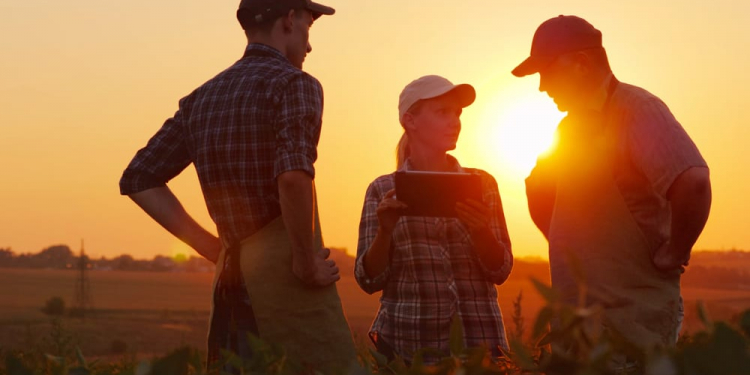COVID-19 could be an opportunity to bring new and diverse talent into the agriculture sector, as companies learn that geography is not a limit to many jobs.
Trevor Heck, president of Syngenta Canada said during a recent panel on the future workforce in Canadian agriculture that traditionally companies have hired near their head office or research farm, often located in rural areas. However, as staff have left offices during COVID-19, Heck says it shows that geography doesn’t need to limit hiring from talent pools usually not accessible to those in Canadian agriculture.
Why it matters: There are jobs going unfilled in Canadian agriculture, affecting the competitiveness of the sector.
An Ipsos survey showed that 55 per cent of Canadians won’t move for any sort of job opportunity, and a large percentage are reluctant do do so. If people won’t come to agriculture, then agriculture will have to go to them. Heck was speaking as part of a panel that also included Mark Vandenbosch of the Ivy Business School, Ryan Riese, a national director of agriculture with RBC and moderator Christina Stroud of Syngenta. The panel was put together as part of the recent Syngenta media summit.
The necessity of growing the diversity of talent in agriculture — both because of the value that increased diversity brings, and the fact that there just aren’t enough people with agriculture backgrounds to fill all the jobs in the sector – was a large part of the discussion.
“When you go and get that talent and bring it into agriculture, they don’t leave, they stay in the industry for life,” said Heck.
If the sector tries to rely only on people from farms, there won’t be enough people to own and run the farms, let alone work in the rest of the sector, says Vandenbosch. That means bringing people into agriculture from other sectors. Vandenbosch says Canadian universities do an excellent job of the science of agriculture, but there are other areas lacking, including business, and programs that focus on significant future drivers of the sector, including data and artificial intelligence on the farm.

“They tend to be window dressing on the side,” he said. “Somehow we need to get that type of education onto our farms. Part of that can come from people coming off farms and getting whatever broad education they get, but it will also mean bringing people from outside into agriculture.”
RBC’s Farmer 4.0 report from 2019 identified broad sets of skills needed for agriculture in the future, says Riese. In order to attract those broad skills, “we need to tell our story and expand our audience”, he says, pointing to 4-H and agriculture in the classroom programs as a way to communicate about agriculture opportunities to younger Canadians. Panelists also pointed to the importance and resilience of the food system during COVID-19 as a way to better connect with potential employees.
Vandenbosch says that larger farms will be needed in order to afford to hire the future-needed expertise on staff. However, Riese says that consultants could cover a technology function over several farms. There are already numerous advisors, such as agronomists who do that.There isn’t enough agriculture technology that originates from Canada, says Vandenbosch and creating more agriculture technology companies would help draw expertise into agriculture.

Once a person is convinced that they should take a job in agriculture, the panel was asked how that person is received by farmers — where backroad credibility counts. Having a common way to start a conversation helps, but passion and the willingness to learn accounts for a lot too, says Riese.
“I’ve seen a big change over the last number of years in this area,” says Heck. “I’m seeing more and more when we go on crop tours and we invite someone in and they are standing in a field and they spent their whole lives on one subject, researching a certain area and they’re one of the experts. What I’m seeing is that farmers, people in the industry respond to that person.”








